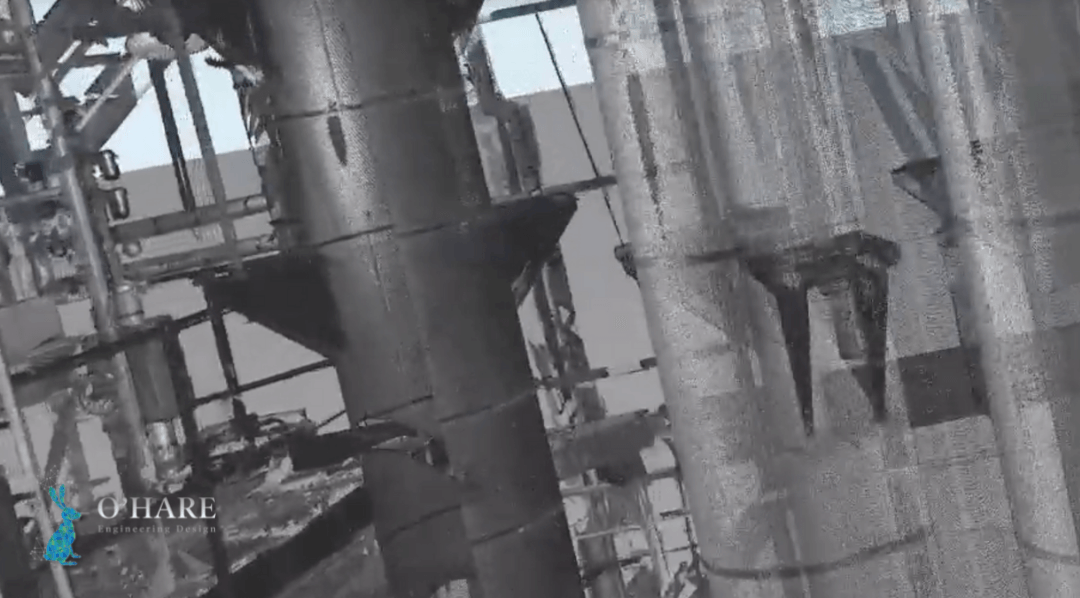HOW DO 3D LASER SCANNERS ACTUALLY WORK?

HOW DO 3D LASER SCANNERS ACTUALLY WORK?
Date: 5th July 2022
3D laser scanning has grown more and more popular over the years. It has quickly become a must have tool in the arsenal when working within engineering.
I've had the pleasure of utilising this fantastic bit of technology for 15 years now and have watched the development of the technology grow in that time. From reverse engineering of Blackpool Pleasure Beach’s ‘The Big One’ track to shoehorning some really big plant equipment into some tight areas - the applications for this equipment have grown immensely.
In order to keep developing the applications for this technology, it’s important to understand how 3D scanning actually works so that we can keep pushing the boundaries of its capabilities in the workplace.
So, how does 3D scanning actually work?
When I first started working in the industry, a big part of my job when it came to 3D laser scanning was to put up hundreds of black and white targets around the site. It used to take a couple of hours out of the scan time to set these up but these provided known reference points within the scan to measure and test the accuracy of the image produced.
Now, I use scanners like the RTC360 from Leica which is a tripod mounted scanner. Unlike previous scanners, it uses technology known as Visual Inertial System (VIS). It works by using 5 cameras and an Internal Micro Unit (IMU) to calculate the position between scans setups in real time. It does this by using the images of the camera to track locations (such as corners of buildings, steelwork and other objects). This allows for in field registration on a tablet or IPad.
The scanner itself uses ‘time of flight’ to record the environment it’s in. It does this by transmitting a beam of light from whichever position the scanner is in and it counts how long it takes for that beam to bounce back and be received by the scanner. It then calculates the distance the laser beam has travelled based on the time measured from transmitter to receiver. It repeats this process a million times per second and records a coordinate position of each point the light bounces from. A scan takes around 2 minutes and 50 seconds to complete and each point is recorded in a point cloud file. This can then be used to create 2D/3D models of the plant or to create 3D design models within the existing scanned environment.
What does the future of 3D scanning look like?
There are many different directions the future of 3D scanning could take, but in the oil and gas industry as well as in many of the chemical plants we work within, the use of scanning in relation to health and safety compliance is seeing a large increase in demand. In particular, this technology makes it really easy to identify unsafe areas of the site and any equipment which requires some attention to reduce onsite injuries and accidents.
If you would like to talk more about how 3D laser scanning could be used in your industry, whether that be for health and safety or engineering design, book a free call with me today.



We are a highly skilled design and project engineering consultancy, based in the North-West, with more than 20 years experience.

All Rights Reserved | O'Hare Engineering Design LTD. O'Hare Engineering Design LTD is a company limited by guarantee. Registered in England No. 10820380
